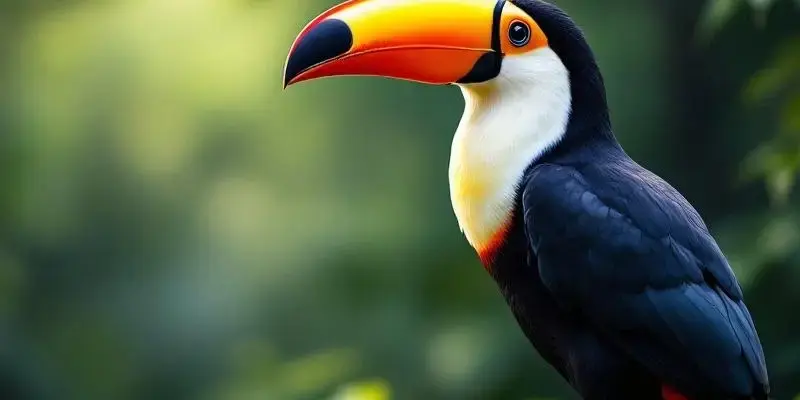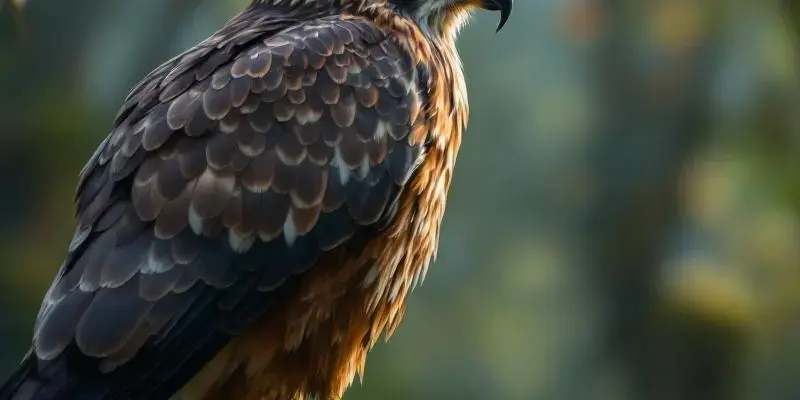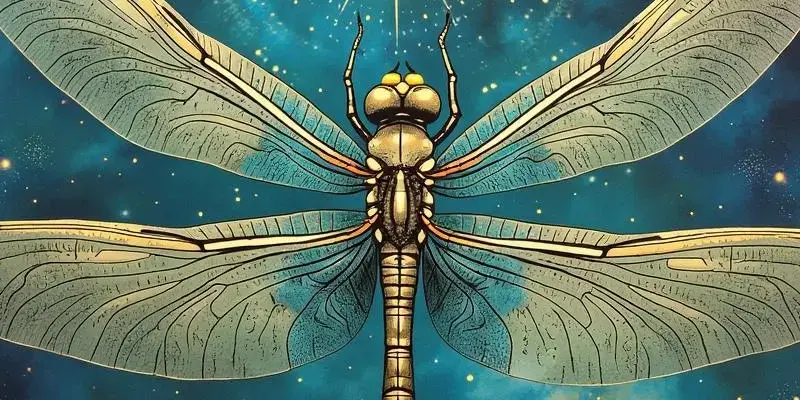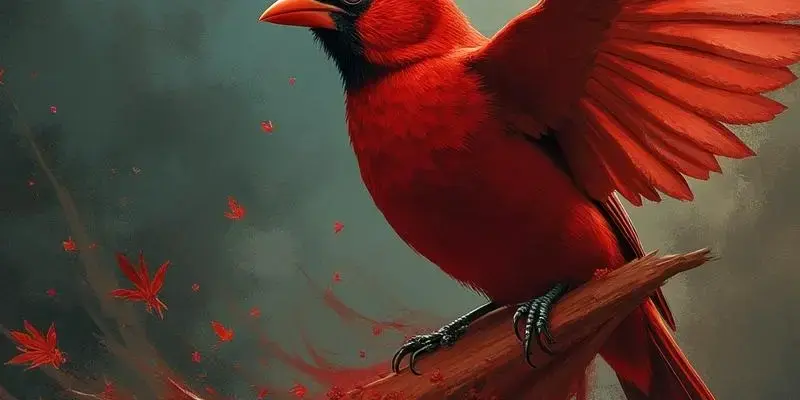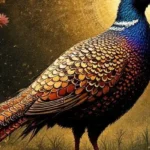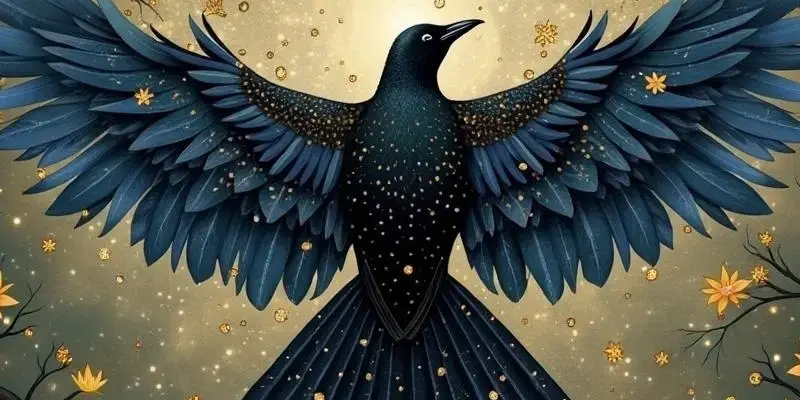Crane spiritual meaning
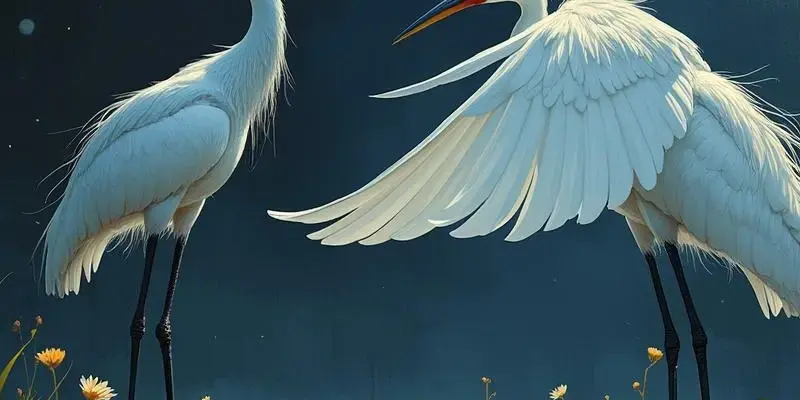
Cranes stand as ancient spiritual messengers with profound symbolism across diverse cultures, embodying wisdom, longevity, and connection to higher realms. Their graceful movements and ritualistic behaviors have earned them reverence in Chinese, Japanese, Celtic, Native American, Buddhist, and Christian traditions, where they consistently represent transformation, patience, and the delicate balance between earthly existence and spiritual ascension.
Key Takeaways
- Cranes are prehistoric birds with fossil evidence dating back 10 million years, making them powerful symbols across major world traditions
- In Chinese and Japanese cultures, cranes represent longevity and immortality, believed to live for a thousand years
- Cranes uniquely connect with three elements (Earth, Water, and Air), symbolizing extraordinary balance and adaptability
- The Japanese tradition of folding 1,000 origami cranes (senbazuru) serves as a meditation practice for good fortune and healing
- As spirit animals, cranes bring messages about patience, inner wisdom, and the importance of timing in life’s journey
The Ancient Messenger: Understanding Crane Symbolism
Cranes belong to one of Earth’s oldest bird species, with fossil records stretching back more than 10 million years. This prehistoric lineage has earned them special status across at least six major spiritual traditions worldwide. Their remarkable longevity, both as a species and as individual birds, has transformed them into living symbols of endurance and timelessness.
The Red-crowned Crane and Sandhill Crane hold particular significance as spiritual messengers. Their distinctive behaviors – from elaborate courtship dances to vigilant migration patterns – have established them as powerful symbols representing wisdom, patience, and spiritual connection. The crane’s ability to walk gracefully, swim adeptly, and soar majestically gives them a unique position as creatures that master multiple domains.
Crane Symbolism Across World Cultures
The crane’s spiritual significance spans continents and centuries, with remarkably consistent themes appearing across diverse traditions. Though each culture emphasizes different aspects of crane symbolism, common threads of wisdom, longevity, and spiritual connection weave through these varied interpretations.
In Chinese mythology, three types of cranes hold significance: White, Black, and Yellow. The white crane specifically embodies purity and immortality, believed to live for a millennium. Their graceful movements represent wisdom while their capacity to fly between heaven and earth establishes them as mediators between human and celestial realms – similar to the spiritual meaning found in storks in various traditions.
Japanese culture reveres the tancho (Red-crowned Crane) with its striking red head against white feathers as a symbol of good fortune and peace. A popular Japanese proverb notes that cranes live for a thousand years, making them powerful symbols of longevity and prosperity. Their migratory nature between northern and southern regions represents adaptability through life’s transitions.
Celtic wisdom connects cranes to deeper mysteries, associating them with Annwn, King of the Underworld, where “the secrets of regeneration and eternal life lie.” Considered sacred to the Triple Goddess, cranes represented eloquence, magic, and great spiritual truths. Their connection to lunar cycles highlighted their transformative and mysterious qualities.
Native American teachings view cranes as symbols of eloquence and leadership. The Sandhill crane’s lifelong mating behavior exemplified marital fidelity and commitment, while their distinctive trumpeting calls symbolized celebration and joy – characteristics that distinguish them from herons, whose symbolism tends toward solitary contemplation.
Buddhist perspectives sometimes offer a cautionary view through Jataka tales where cranes occasionally represent deception. In one tale, a crane misleads fish by promising safe passage while planning to eat them – highlighting the dangers of false guidance and the importance of discernment.
Christian traditions see cranes as symbols of purity, peace, and spiritual enlightenment. They embody vigilance and good works while serving as messengers between heaven and earth. Their soaring flight evokes divine majesty, while their courtship dance represents harmony and unity in community.
The Crane as Spirit Animal and Totem
When the crane appears as a spirit animal in your life, it delivers several powerful messages. First, it signals a time for deep reflection and inner work. The crane also cautions against revealing too much too soon, encouraging discretion in communication. It invites trust in your inner guidance while suggesting good news may be on the horizon.
Cranes hold a special position in the natural world as creatures that walk, swim, and fly with equal grace. This triple-element connection with Earth, Water, and Air creates a uniquely balanced totem representing extraordinary adaptability and wholeness. Few other spirit animals demonstrate this comprehensive elemental mastery, making crane energy particularly powerful for navigating life’s varied terrains.
The crane spirit poses an essential question: “How can you use your life experience as support for current circumstances?” This invitation to draw on accumulated wisdom aligns perfectly with the crane’s association with longevity and ancient knowledge. The crane’s symbolic meanings include:
- Abundance and manifestation
- Balance and concentration
- Communication and eloquence
- Family loyalty and commitment
- Grace and spiritual transformation
Like geese with their powerful migration symbolism, cranes remind us of the importance of timing, cycles, and seasonal awareness in our spiritual journey. Their consistent return to breeding grounds year after year speaks to the reliability of natural rhythms and the wisdom of trusting divine timing.
Species-Specific Spiritual Meanings
The Red-Crowned Crane stands as the embodiment of peace and patience. Its spiritual teaching clarifies that peace is not merely the absence of conflict but a deep inner stillness that allows graceful movement through life. Their deliberate fishing movements and elaborate courtship dances demonstrate the power of intentional action and trust in divine timing.
Sandhill Cranes serve as vigilant messengers with their distinctive trumpeting calls that carry for miles. Their remarkable migration behavior—carrying stones in their mouths to stay alert during long flights—symbolizes mindfulness and awareness. If the stone falls, it wakes them, representing self-accountability and attentiveness throughout life’s journey.
The Japanese Tancho (Red-crowned Crane) performs a unique “unison dance”—a ritual that mating pairs repeat throughout their lives to strengthen their lifetime commitment. This dance represents the ongoing work of maintaining harmony in relationships and demonstrates the value of fidelity and dedication in partnerships.
Practical Crane Wisdom for Daily Life
I can incorporate crane wisdom into my spiritual practice through thoughtful reflection. Consider these questions to align with crane energy in daily life:
- How can I bring more patience and presence into my routine to cultivate peace?
- In what areas do I feel rushed or anxious, and how might I trust the timing of events?
- What deliberate actions can I take today that align with my highest values?
- How might I dance through life with more grace and intentionality?
The Japanese tradition of folding 1,000 origami cranes (senbazuru) for good luck and healing offers a tangible practice of crane spirituality. This moving meditation has become associated with peace activism worldwide and provides a hands-on way to connect with crane energy.
The Sandhill Crane’s habit of dancing even outside mating season teaches the importance of celebrating daily life—not just special occasions. Their spontaneous joy reminds us to find moments of expression and celebration in ordinary days. Meanwhile, the Celtic connection to lunar cycles invites tracking moon phases and considering our capacity for transformation and renewal.
The Timeless Message of the Crane
Across diverse spiritual traditions, cranes consistently symbolize the connection between earthly and celestial realms. Whether in St. Francis’ 1225 Canticle of the Creatures or ancient Chinese mythology, cranes remind us to maintain grounded balance while reaching toward higher consciousness.
The crane embodies “grace in motion” while maintaining spiritual connection to something greater than ourselves. In our fast-paced world, the ancient crane invites us to move with purpose and patience, to celebrate life’s dance, to maintain vigilant awareness, and to trust in perfect timing.
This wisdom from one of Earth’s most enduring messengers offers a reminder that some of life’s most profound lessons come not from modern innovations but from attentive observation of creatures who have mastered the art of balanced existence. The crane’s message bridges ancient wisdom and contemporary challenges, offering timeless guidance for spiritual seekers at every stage of their journey.
Cranes symbolize wisdom, longevity, and spiritual connection across multiple cultures dating back 10 million years. These prehistoric birds represent transformation and balance between earthly existence and spiritual realms in Chinese, Japanese, Celtic, Native American, Buddhist, and Christian traditions. They’re uniquely connected to three elements (Earth, Water, Air), embodying extraordinary adaptability and wholeness. As spirit animals, cranes deliver messages about patience, inner wisdom, and proper timing in life’s journey. Their deliberate movements and rituals, from courtship dances to migration patterns, have established them as powerful symbols of endurance and timelessness.
| Key Aspect | Meaning |
|---|---|
| Longevity | Believed to live 1,000 years in Asian cultures, symbolizing immortality |
| Elemental Connection | Masters of Earth (walking), Water (swimming), Air (flying) – rare balance |
| Spiritual Practice | Japanese tradition of folding 1,000 origami cranes (senbazuru) for healing |
| Communication | Represents eloquence, discretion, and divine messaging |
| Primary Teaching | Grace in motion while maintaining spiritual connection to higher realms |

